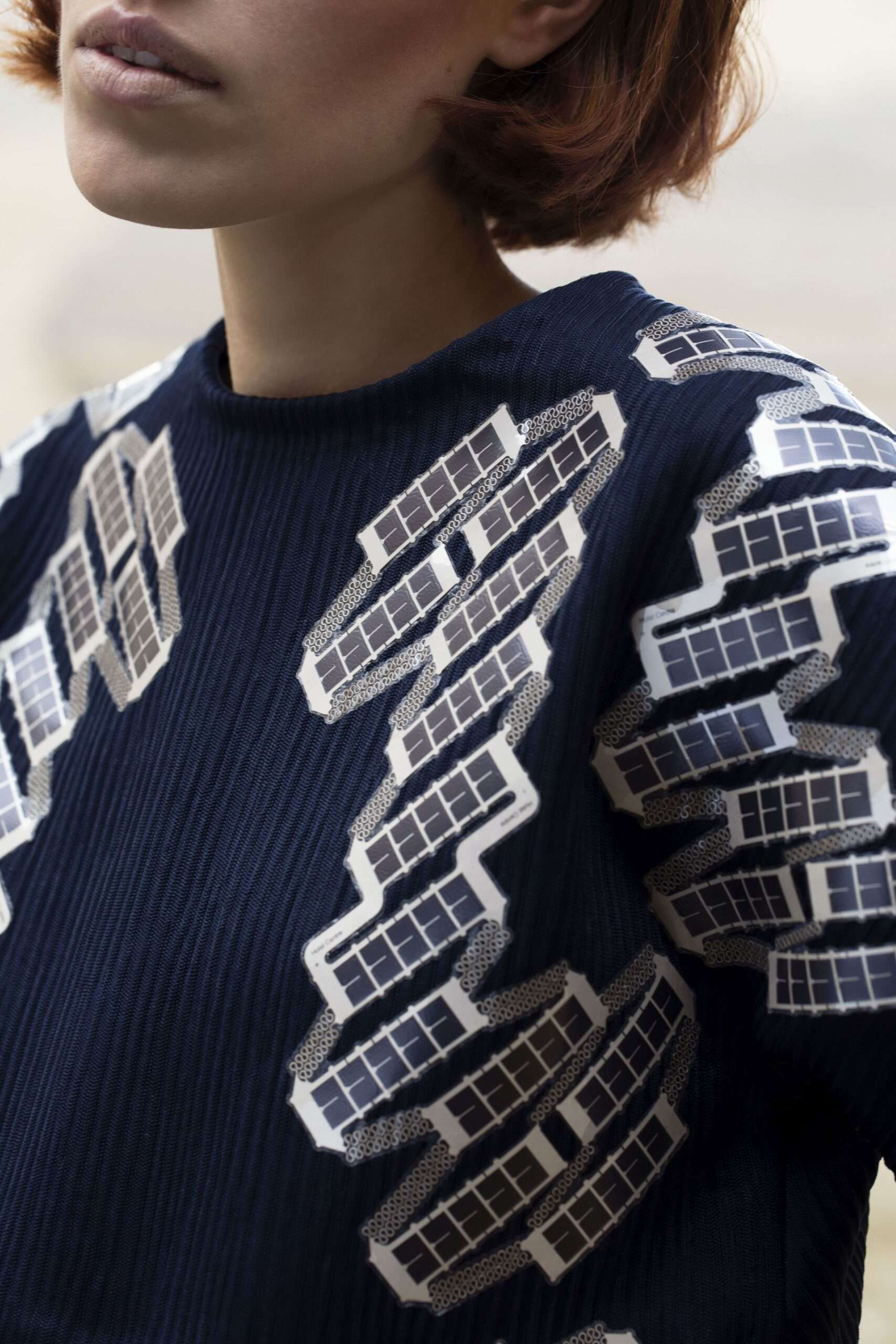

Machine, 1957 © Eames Office / LLC (eamesoffice.com)

Modern industrialised societies cannot function without energy. In order to reduce global CO2 emissions and halt climate change, we urgently need to move away from fossil fuels. Just as dependence on non-renewable raw materials has characterised our everyday lives down to the smallest detail, the ongoing transition to renewable energies will also influence our lives in the future. “Energy,” as the Vitra Design Museum puts it, “is the central driving force of our society: energy is political, energy is invisible, energy is omnipresent.” As buildings, infrastructures and products have to be designed for the generation, distribution and utilisation of energy, design plays an important role in the current energy transition.
The exhibition “Transform! Design and the future of energy” at the Vitra Design Museum in Weil am Rhein, Germany, from 23 March to 1 September, is dedicated to the transformation of the energy sector from a design perspective. Challenges and opportunities are closely intertwined here. The spectrum of works and projects on display ranges from everyday products for the use of renewable energies to the design of solar houses and wind turbines, from intelligent mobility concepts to the future vision of energy self-sufficient cities. Questions of design take centre stage: How should an energy-efficient product be designed? How can design contribute to the increased use of renewable energies? What can industry, politics and each individual contribute to the success of energy transition?
The show, curated by Jochen Eisenbrand, begins with a focus on people and their bodies. Visitors are invited to discover their own energy potential and experience on exercise bikes how long they have to pedal to produce enough electricity for everyday activities such as making coffee, browsing the internet or taking a hot shower. The view then widens to include various everyday objects, the city, alternative forms of mobility and the entire energy landscape. The exhibits include innovative and experimental product design, speculative design projects, posters, films, architectural models and visions of the future. By covering a broad spectrum, the exhibition aims to make it clear “that the design of the energy transition must encompass more than just the expansion of renewable energies”. Equally important is “the intelligent design of everyday objects and the realisation of urban planning and infrastructural ideas for the future”.
The exhibition is accompanied by a publication designed by Helen Stelthove with around 200 illustrations and around 100 pioneering projects from the fields of design, architecture and urban planning that deal with the topic of energy. The texts are written by Catharine Rossi, Stephan Rammler, Ivan Illich, Daniel A. Barber, Donatella Germanese and Carola Hein.
More on ndion
Discover more articles on the topics of sustainability and design.
Share this page on Social Media:

